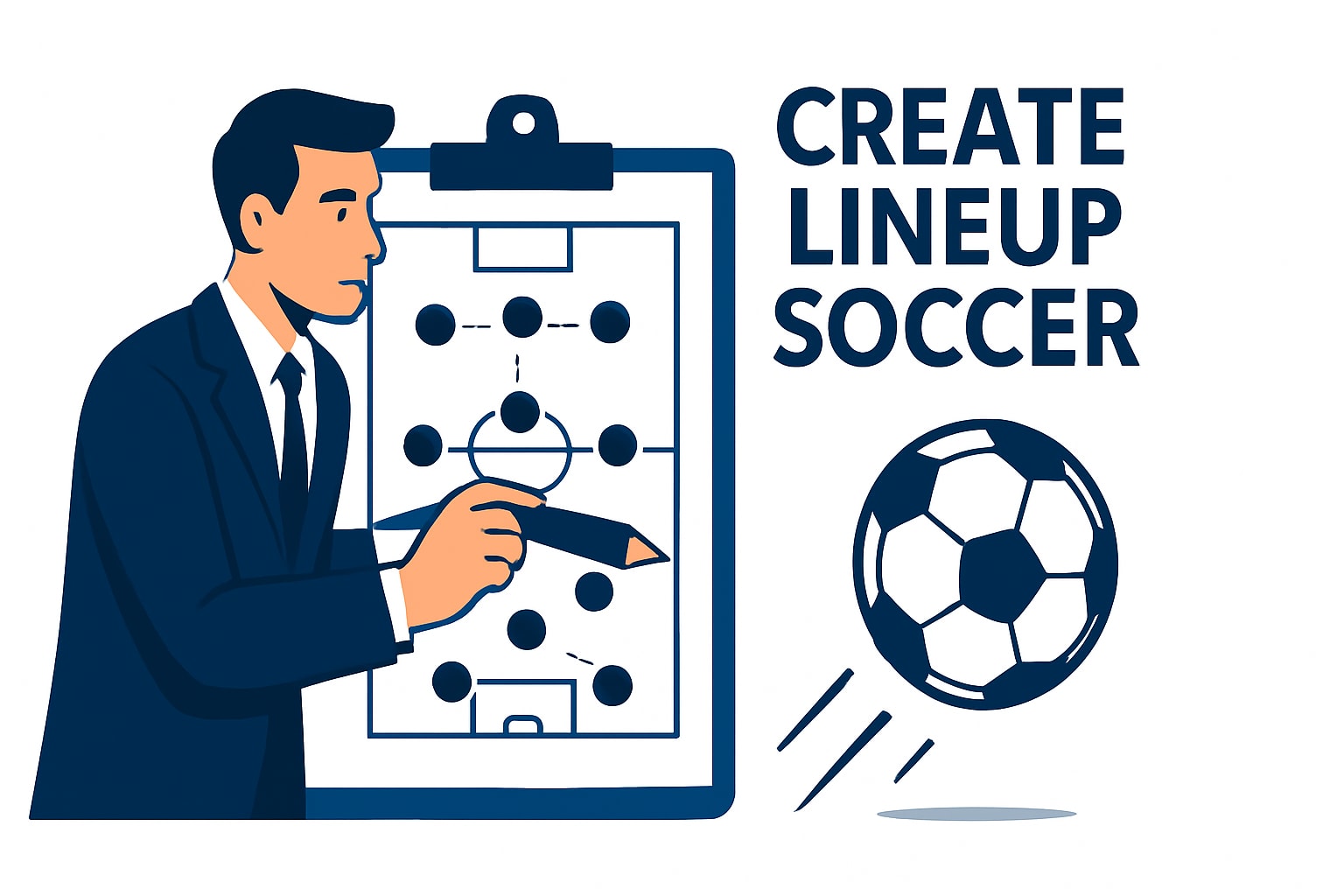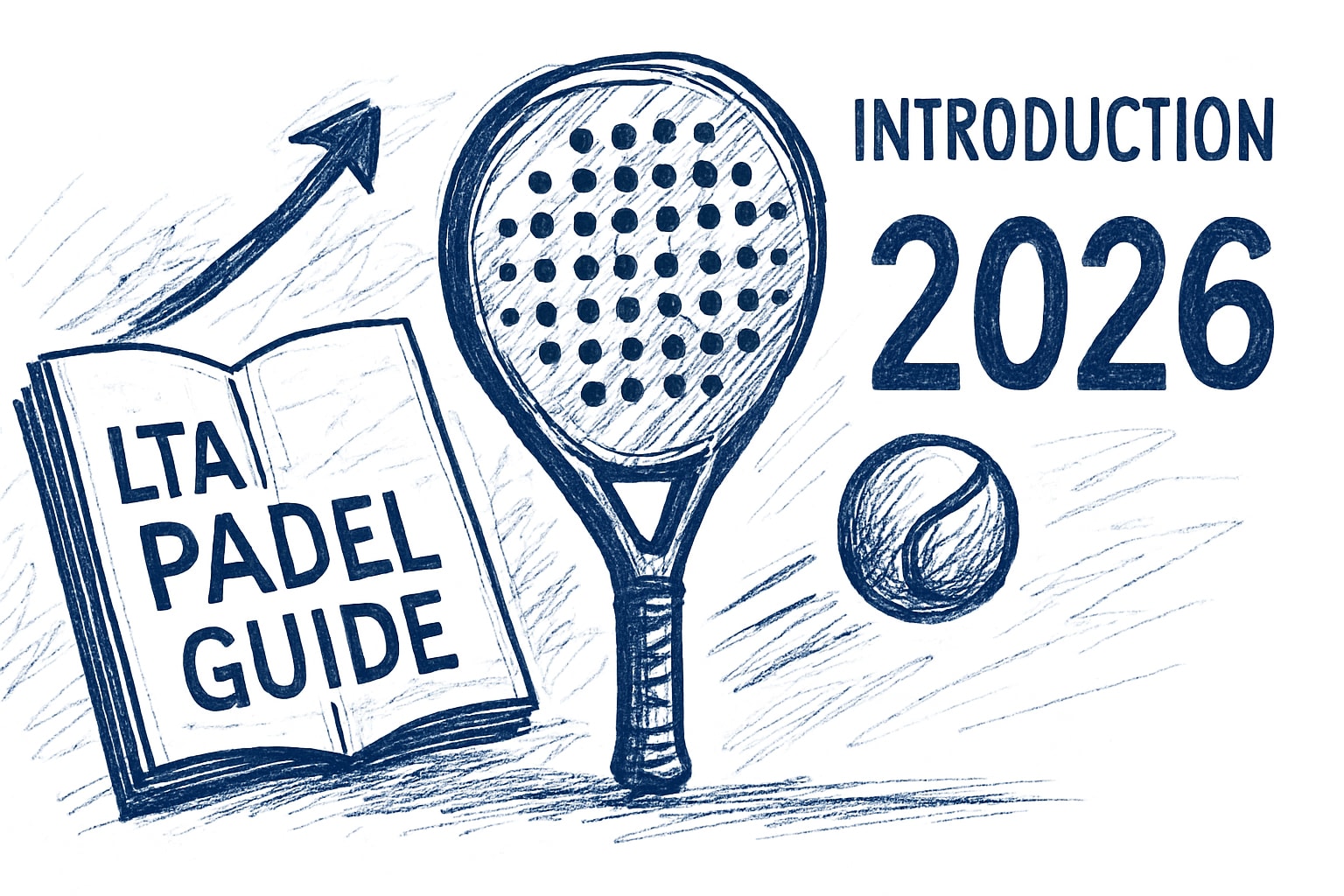Download Poteau
Sweeper Position in Soccer: A Defensive Strategy
The sweeper position in soccer is one of the most pivotal roles in defensive play. Whether you're looking for a game of pick up soccer near me or watching professionals in positions like the Goalkeeper Position in Soccer or Central Midfielder Position, the sweeper’s primary responsibility is to provide an additional layer of security by clearing the ball from dangerous areas and preventing attacks from reaching the goal. Although this role has evolved over the years, the core principles of positioning, anticipation, and decision-making remain fundamental to its success. In this article, we’ll explore the history, responsibilities, and evolution of the sweeper position in soccer, along with the necessary skills to excel in this defensive role.
What Is the Sweeper Position in Soccer?
The sweeper, also known as the "libero," is a defensive player who positions themselves behind the central defenders, acting as a safety net for any attacks that break through the first line of defense. The main function of the sweeper is to clear the ball from the defensive zone, often acting as the last line of defense in front of the goalkeeper. A sweeper’s role requires a high level of awareness, technical ability, and quick decision-making. While the central defenders focus on marking specific attackers, the sweeper is free to roam and read the game, positioning themselves to intercept passes, clear through-balls, or cover space when necessary.
Historically, the sweeper was a key player in formations such as the 4-4-2 or 3-5-2, which featured a strong emphasis on defensive organization. In today’s game, while the role has evolved with modern tactics, the sweeper's primary responsibilities remain focused on defense, positioning, and leadership.
What Are the Main Responsibilities of a Sweeper?
The sweeper's responsibilities extend beyond simply defending one-on-one against attackers, as they play a vital role in organizing the defense, intercepting passes, and providing support to both full-backs and central defenders. One of their key duties is covering defensive gaps, stepping in to protect spaces left open when central defenders are drawn out of position or engaged in challenges, offering crucial reinforcement for the goalkeeper and backline. Additionally, their ability to read the game allows them to anticipate and intercept passes, disrupting opposition attacks before they develop. When the ball enters the danger zone, the sweeper is responsible for clearing it effectively—whether through a simple clearance, a precise pass, or a long ball to initiate a counterattack. In modern soccer, sweepers are increasingly involved in build-up play, distributing short passes to midfielders or wide defenders to transition smoothly from defense to attack.
What Skills Are Required for a Sweeper in Soccer?
Being a successful sweeper requires a unique set of skills, combining defensive prowess with technical ability and intelligence. Here are some of the key skills that a sweeper must possess:
Tactical Awareness
A sweeper must have exceptional awareness of the game. They need to read the flow of play, anticipate the opposition’s moves, and adjust their positioning accordingly. Understanding when to step forward and when to stay back is crucial.Passing and Distribution
While the primary focus of a sweeper is defense, their ability to pass accurately and effectively is becoming increasingly important. Modern sweepers need to have excellent distribution skills to help initiate attacks from the back.Strong Decision-Making
The sweeper often operates in high-pressure situations, where split-second decisions are needed. They need to decide when to challenge for the ball, when to intercept, and when to play a safer option.Physical Conditioning
Although the sweeper may not be required to make as many tackles as central defenders, they must still maintain excellent fitness to cover large areas of the field and keep up with fast-paced attacking movements.
How Has the Sweeper Position Evolved in Modern Soccer?
The sweeper position, once a prominent fixture in defensive formations, has seen a decline in modern soccer due to tactical changes. Many contemporary teams now prefer a flat back four, with defenders playing closer together and the central defenders focusing more on man-marking than on covering space. The introduction of the "sweeper-keeper" role, where the goalkeeper steps out of their box to act as a sweeper, has also reduced the traditional need for a player in the sweeper position.
However, the concept of a sweeper still exists in some defensive setups, especially in teams that play with three central defenders or in systems that require a dedicated player to cover attacking threats. In these cases, the sweeper often plays an advanced version of their traditional role, helping to sweep up through-balls and providing extra coverage for the central defenders.
How Does the Sweeper Contribute to Team Defense?
In the modern game, the sweeper remains an essential part of a well-organized defensive structure. Their presence allows the central defenders to focus on their assigned attackers, knowing they have a sweeper providing cover. In addition, the sweeper can help dictate the tempo of the defense by controlling the play from the back, breaking up opposition attacks before they develop.
A sweeper’s ability to communicate with teammates is another vital aspect of their contribution to team defense. They can organize the defensive line, call for offside traps, and provide leadership during set-piece situations. The sweeper can also support the goalkeeper by closing down attackers who are in dangerous positions, offering a layer of protection when the goalkeeper is out of their area.
Why Is the Sweeper Role Less Common in Today's Soccer?
While the sweeper role was once commonplace in top-tier soccer, it has become less common in modern football due to changes in tactical approaches. Teams today prefer systems that emphasize pressing, fluidity, and high defensive lines, often opting for two central defenders with specific roles. Additionally, the role of the sweeper-keeper has grown in prominence, with goalkeepers stepping out to provide support and acting as additional defensive players.
Despite its relative decline, the sweeper role is still relevant in certain defensive systems, especially when teams are looking for a more traditional approach to defending. Sweepers can still be found in teams that play with a back three or those that use a more defensive strategy to neutralize attacking threats.
The sweeper position in soccer remains an important, though somewhat diminished, role in modern tactical setups. While its traditional function has evolved, the core responsibilities of reading the game, providing defensive cover, and distributing the ball are still highly valued. Sweepers are integral to their teams' defensive strategies, ensuring a solid foundation upon which the rest of the team can build. As soccer continues to evolve, the role of the sweeper may continue to shift, but its importance in defensive structures remains undeniable.





